Description
Bromeliad Vriesea Splendens, Flaming Sword – Plant
The Bromeliad Vriesea Splendens, commonly known as the Flaming Sword or Painted Feather plant. It’s an eye-catching tropical houseplant. Bromeliads are indigenous to Central and South America. It has a rosette of long, slender, glossy leaves that are typically variegated in color. The eye-catching inflorescence of this plant is very spectacular, like a flaming sword or colorful feather in shades of red, orange, or pink. Vriesea Splendens thrives as an indoor plant, providing an peculiar flair to your home’s decor. Its low-maintenance nature, which demands only indirect light and minimal watering, makes it a favorite among plant enthusiasts.
Feature of Flaming Sword plant :-
- Tropical houseplant with variegated, glossy leaves.
- Distinctive flaming sword or feather-like bract.
- Ideal for indoor cultivation.
- Low-maintenance, thriving in indirect light.
- Adds a touch of peculiar beauty to interior decor.
Care of Bromeliad Vriesea Splendens – Plant
- Light: Place your plant in strong, indirect light to offer adequate illumination while avoiding direct sunlight exposure.
- Watering: When it comes to watering your Bromeliad Vriesea Splendens, simply fill its central rosette with water, taking care not to let it overflow. To prevent stagnation, remember to regularly empty and refresh the water in the rosette.
- Soil: To ensure the plant’s roots receive proper aeration and moisture control, it’s advisable to use a well-draining bromeliad mix or orchid mix.
- Humidity: Maintain moderate humidity levels. If the air in your home is too dry, consider misting the plant occasionally or using a humidity tray.
- Fertilization: Feed your Vriesea Splendens with a diluted, balanced, liquid fertilizer every 2-3 months during the growing season.
- Flowering: After the plant flowers, it may produce offsets (pups) at its base. Wait until these pups are at least one-third the size of the mother plant, then carefully separate them and repot them into their containers.
- Pruning: To maintain its appearance, you can gently pull away any dead or yellowing leaves from the base of the plant.
- Pests: Frequently examine your plant for pests such as mealybugs or scale insects. If you happen to spot any, you can gently remove them with a damp cloth or, alternatively, employ insecticidal soap for effective control.
- Resting Period: After flowering, the plant may go into a rest period. During this phase, it’s advisable to cut back on watering and fertilization until you notice signs of new growth.


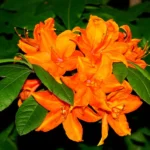

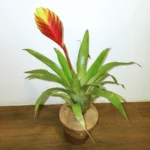
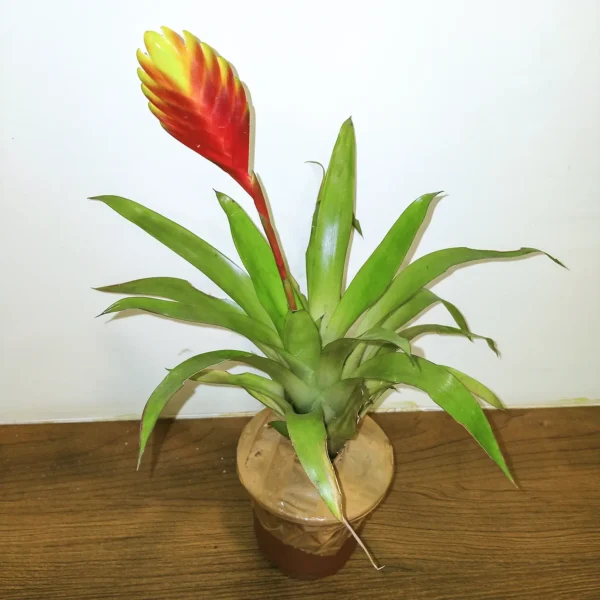
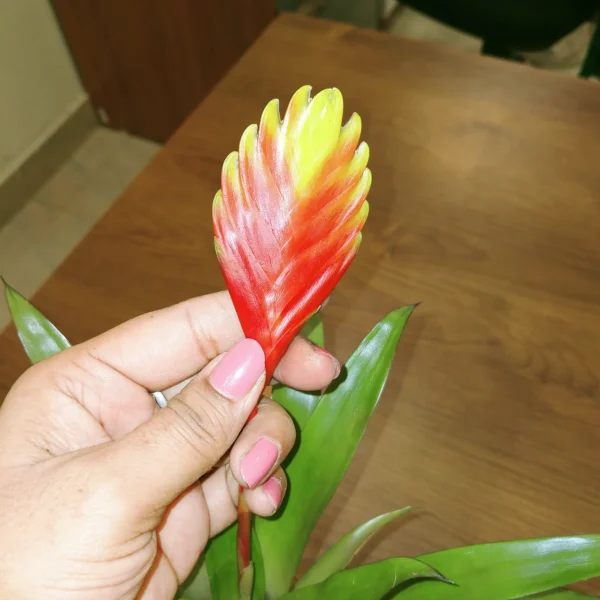
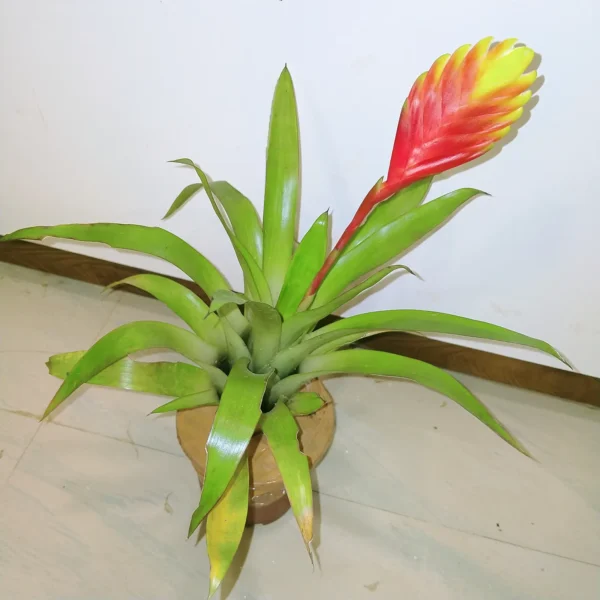
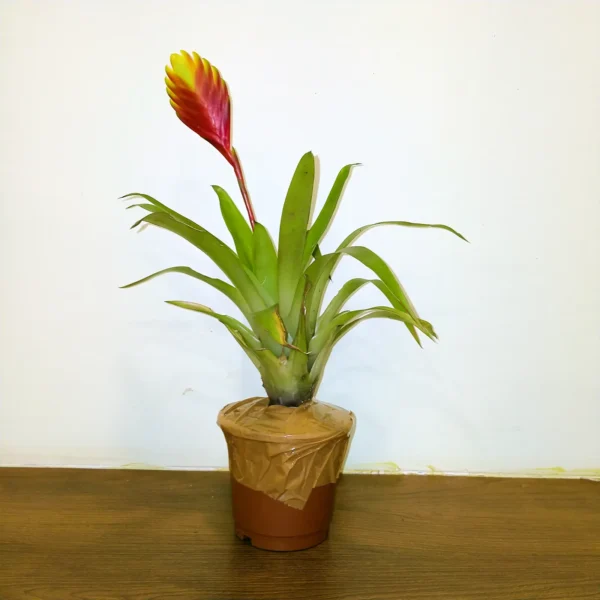



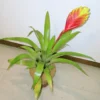

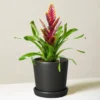

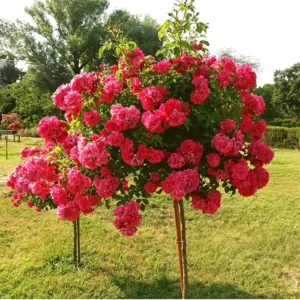
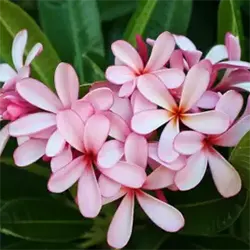

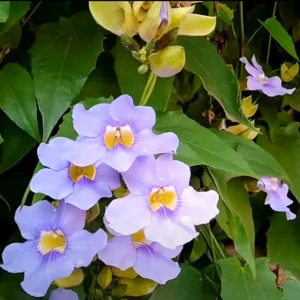
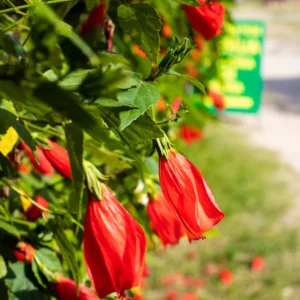
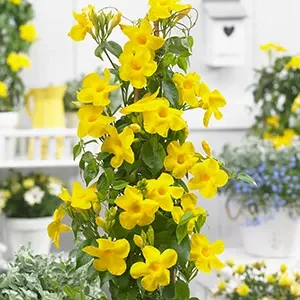
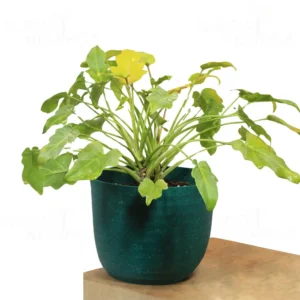
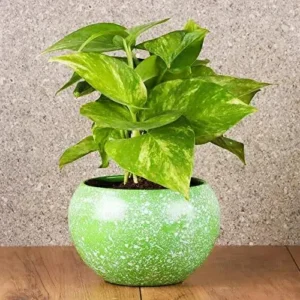
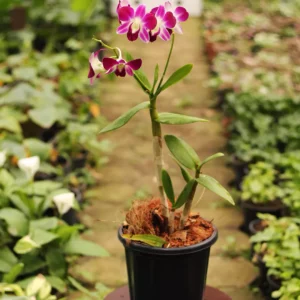

Reviews
There are no reviews yet.